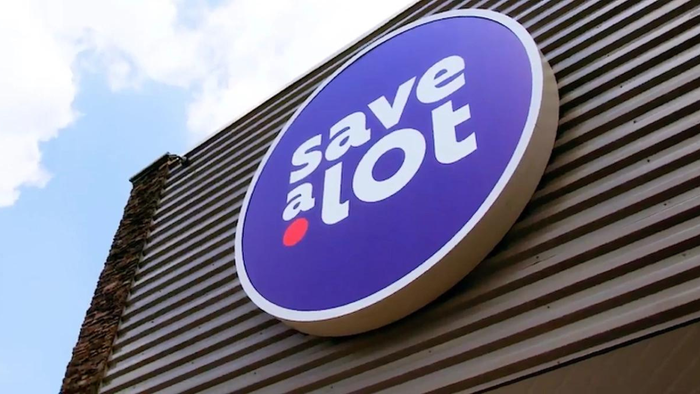Talking shop with... Juan Romero
January 1, 2018
The president and CEO of api( ) says the foodie phenomenon is sparking changes in food retailing. Grocery Headquarters: What are some of the most recent points of focus for food retailers? Juan Romero: A fusion of innovative strategies, especially in-store dining, is blurring the line between traditional food retailing and restaurants evolving from a few basic tables and chairs in an unappealing setting into attractive environments that motivate diners to spend more time in the store, shop for ingredients and be exposed to new menu items. Space planning and store layouts now require specific attention to areas devoted to sit-down dining and specialty restaurant equipment. The offer is more consistent with customers’ time constraints and shifts in lifestyle toward healthy and fresh fare. The foodie movement, coupled with recent food safety issues, has increased consumers’ desire for more and more connection with their food source, thus the increased interest in gardens and farming. Sustainable, eco-friendly communities are appearing throughout the U.S. and, while many customers relate to the idea, not all can implement it, so supermarkets have an ideal opportunity to bridge the gap for them. In-store awareness programs that provide customers of all knowledge levels with foodie world education inspire them to learn more and experiment further. Retailers are serving and capitalizing on the foodie popularity and are paying attention to the foodie phenomenon to help elevate and sustain the fascination with and pleasure in food. Organic and locally grown produce links shoppers to both health and community while also uniting them with the source of what we consume, an education in itself. Purchasing locally makes a powerful statement to growers and customers that the retailer is committed to supporting its communities. With fresh in mind, we think supermarket gardens will become de rigueur in the future. After all, what makes a stronger fresh statement than a store-grown tomato? While operational issues will need to be addressed, we see this trend as an important step in building brand equity with customers. Although in this economy cutbacks on expenditures have occurred, food remains, for many, the last budget segment to be reduced. The situation is inspiring retailers to be worthy of consumers’ food dollars. How do retailers benefit from responding to these trends? When customers’ needs and interests are anticipated, identified and met, customer loyalty intensifies and store sales increase. Responsiveness also offers, from the retailers’ perspective, a setting in which to exhibit expertise, magnify store/company personality, and highlight products whether store brands or national. In foreseeing what’s to come and responding to it, retailers establish an image as well-informed, forward thinking and trustworthy. Every instance offers an opportunity to differentiate themselves and build basket size. As always, the store environment must feel clean and consistently tended, an imperative in sustaining loyalty, encouraging a bigger shop and promoting a sense of fresh and healthy. What can be done to interest customers in the store itself? To paraphrase a famous quote, “It’s the experience, stupid.” A sense of theatre and entertainment as well as appropriate service and pricing continue to drive traffic and intrigue and excite shoppers. Customers identify emotionally with a store experience clearly designed to offer more than they’re used to, and it can simultaneously dispel any sense that shopping is just another chore. From cooking demonstrations to open prep areas to firing up a brick pizza oven, engaging moments with the store pique shoppers’ imaginations. Insightful store design and layout heighten interest by giving these features importance. Additional opportunities lie in courting adult shoppers, children and both simultaneously with events and spaces to gather. Our Hispanic concepts take into consideration that shopping is a family event for the demographic and allow for wider aisles, family-style seating and a heightened shopping experience that appeals to all family members. Our clients often plan spaces designed for cooking classes and community gatherings along with in-store dining, for example, all of which are statements of intention and a commitment by retailers to encourage our patronage as customers and offer a remarkable experience. The food retail marketplace is seeing unprecedented competition on a number of fronts, including international retailers broadening their reach into the U.S., traditionally non-food stores offering a wider assortment of food offerings, and new concepts being rolled out. Food is being offered at higher levels in a broader variety of stores, with a perfect example being the convenience store industry where we now find gourmet food offerings and appealing café seating. To compete in this expanding competitive market, retailers will need to appeal to the shifting customer demand and differentiate, differentiate, differentiate.
About the Author
You May Also Like




